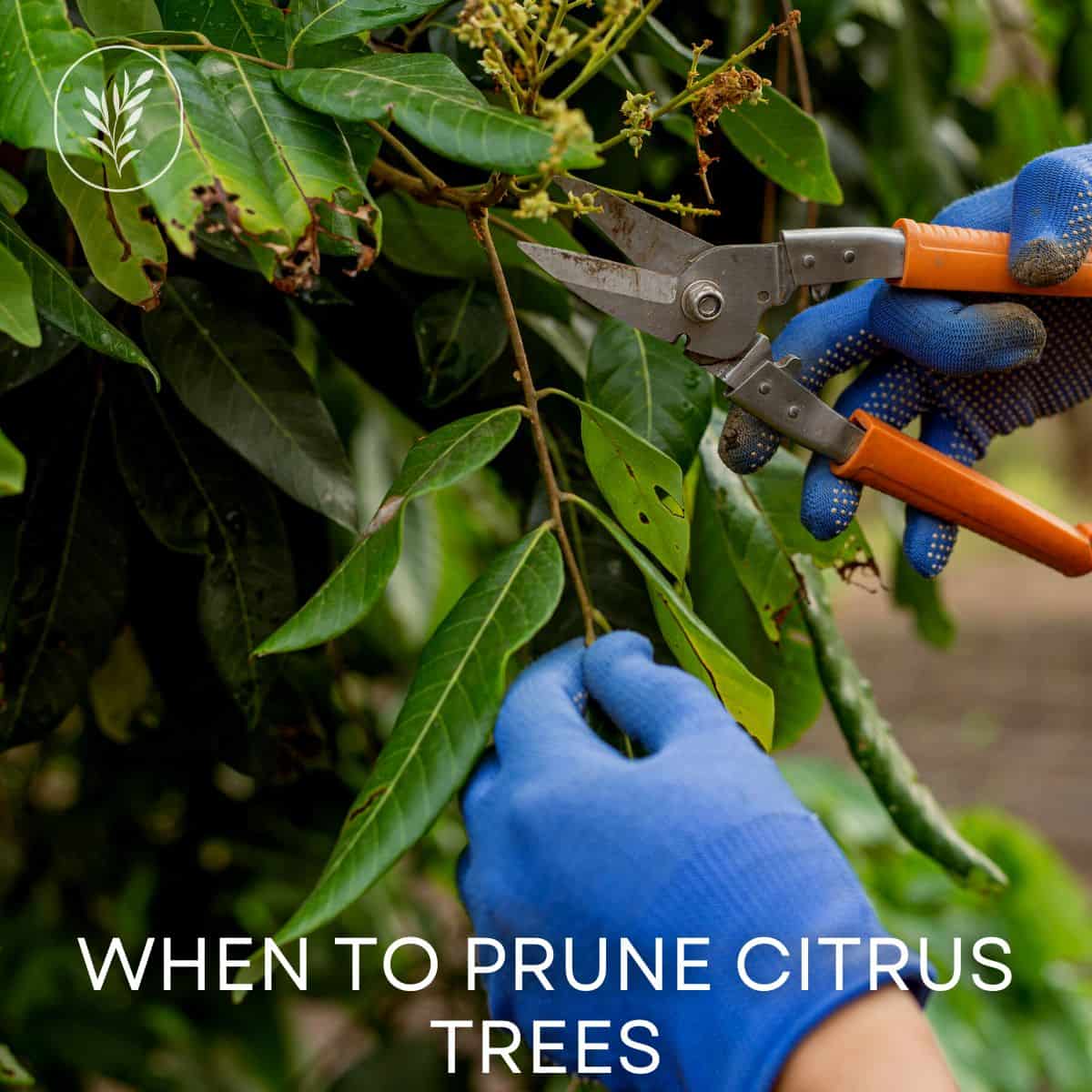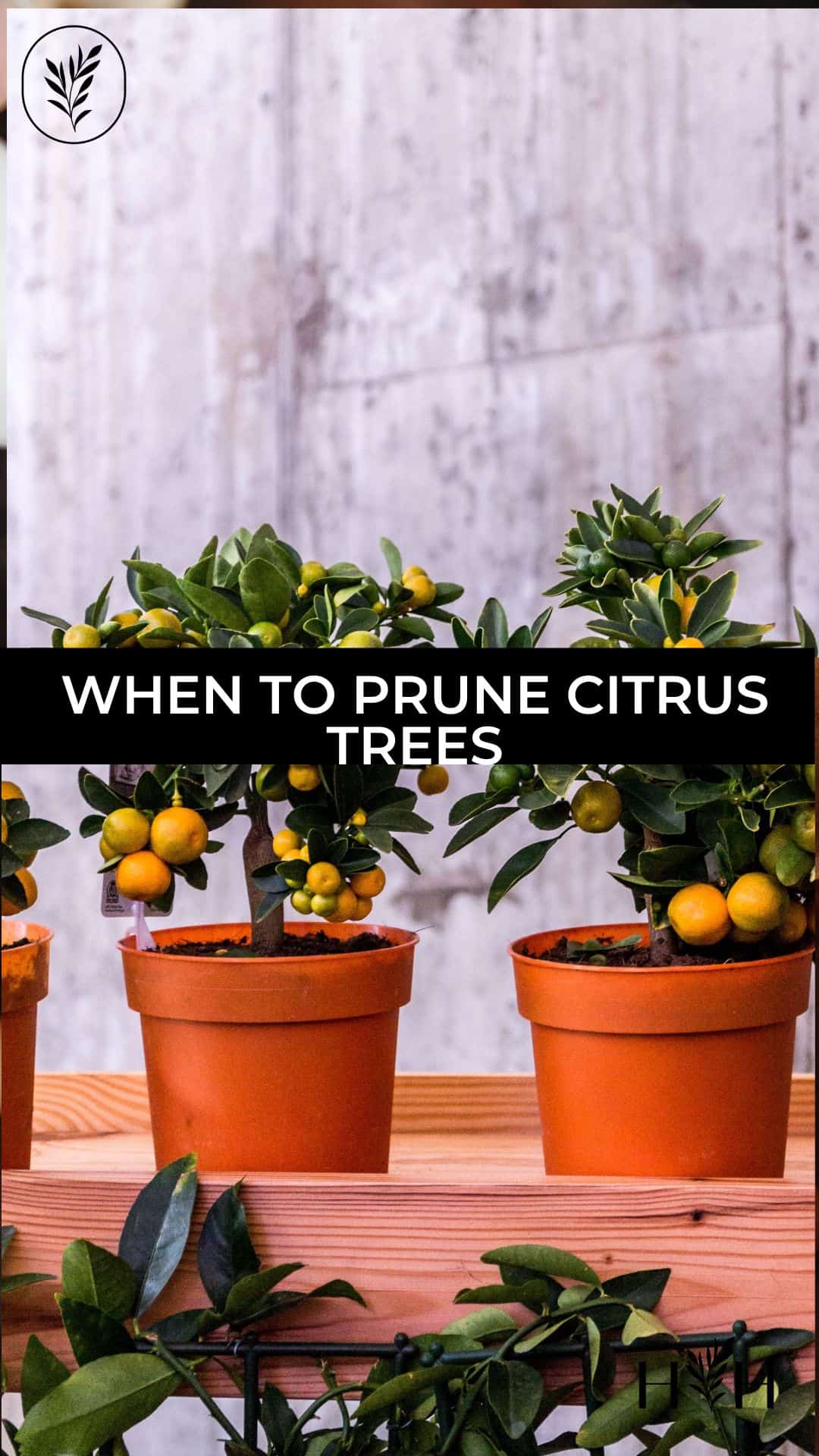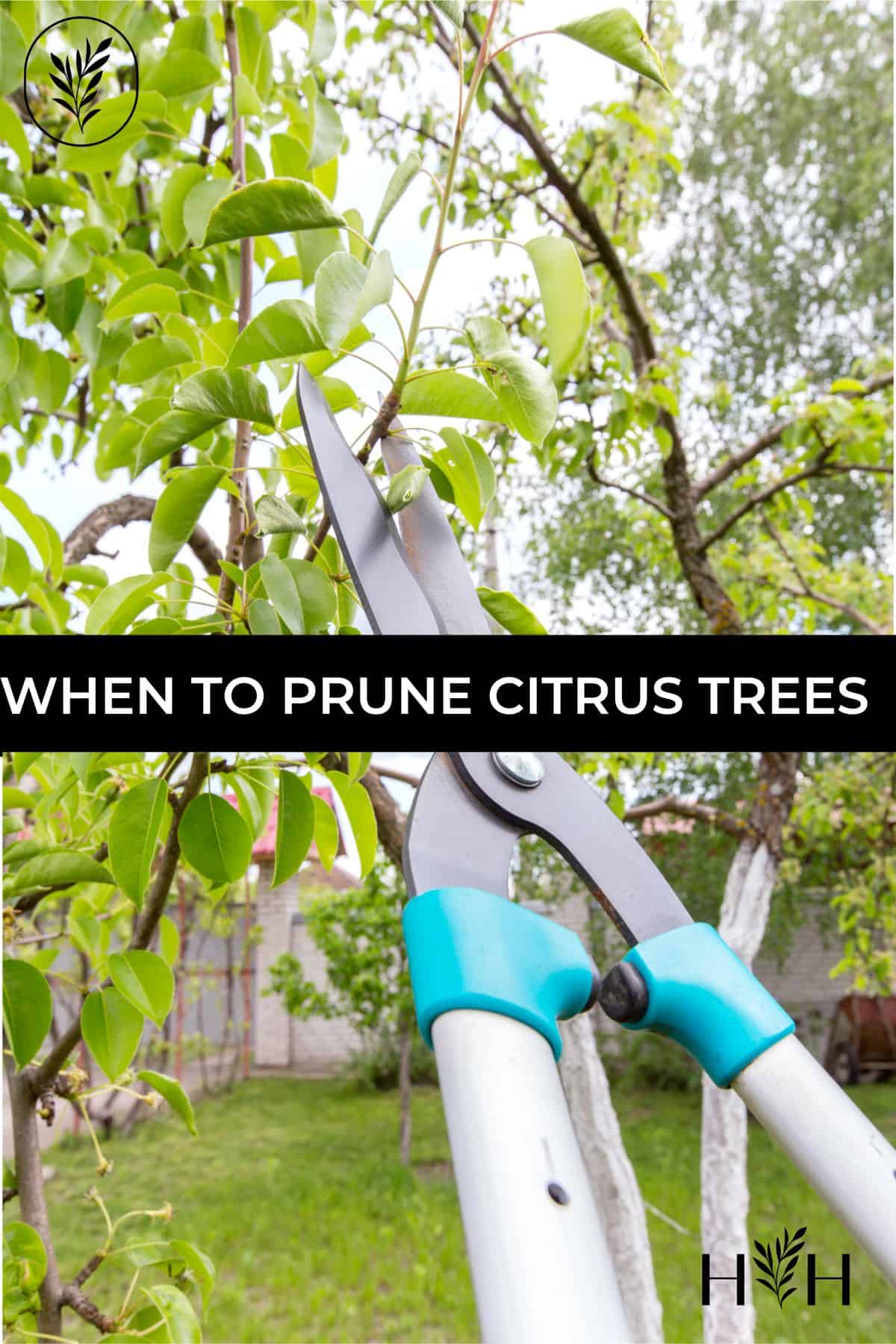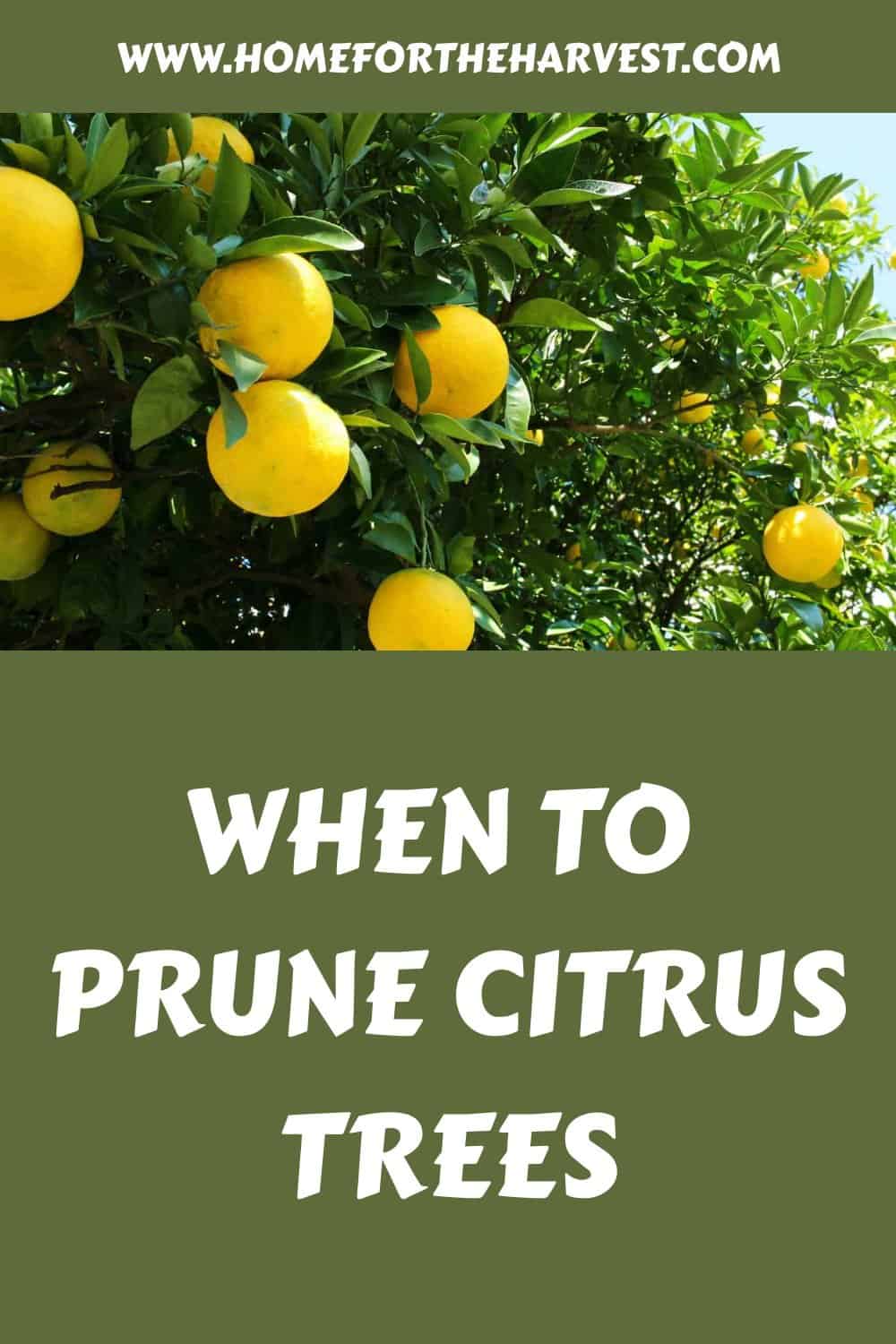If you’re growing one or more citrus trees in your backyard, pruning is a task that should be top of mind at least once per year. Pruning with the right technique and at the right time can maximize your harvest to give you mountains of fruits every season. Here are the basics to go by if you’re wondering when to prune citrus trees.
Citrus trees should be pruned in early spring once all chance of frost has passed. Wait until the weather warms slightly for the quickest possible recovery. Avoid common mistakes like over-pruning and pruning too late to help your citrus trees thrive.
Read on to learn all about when to prune citrus trees!
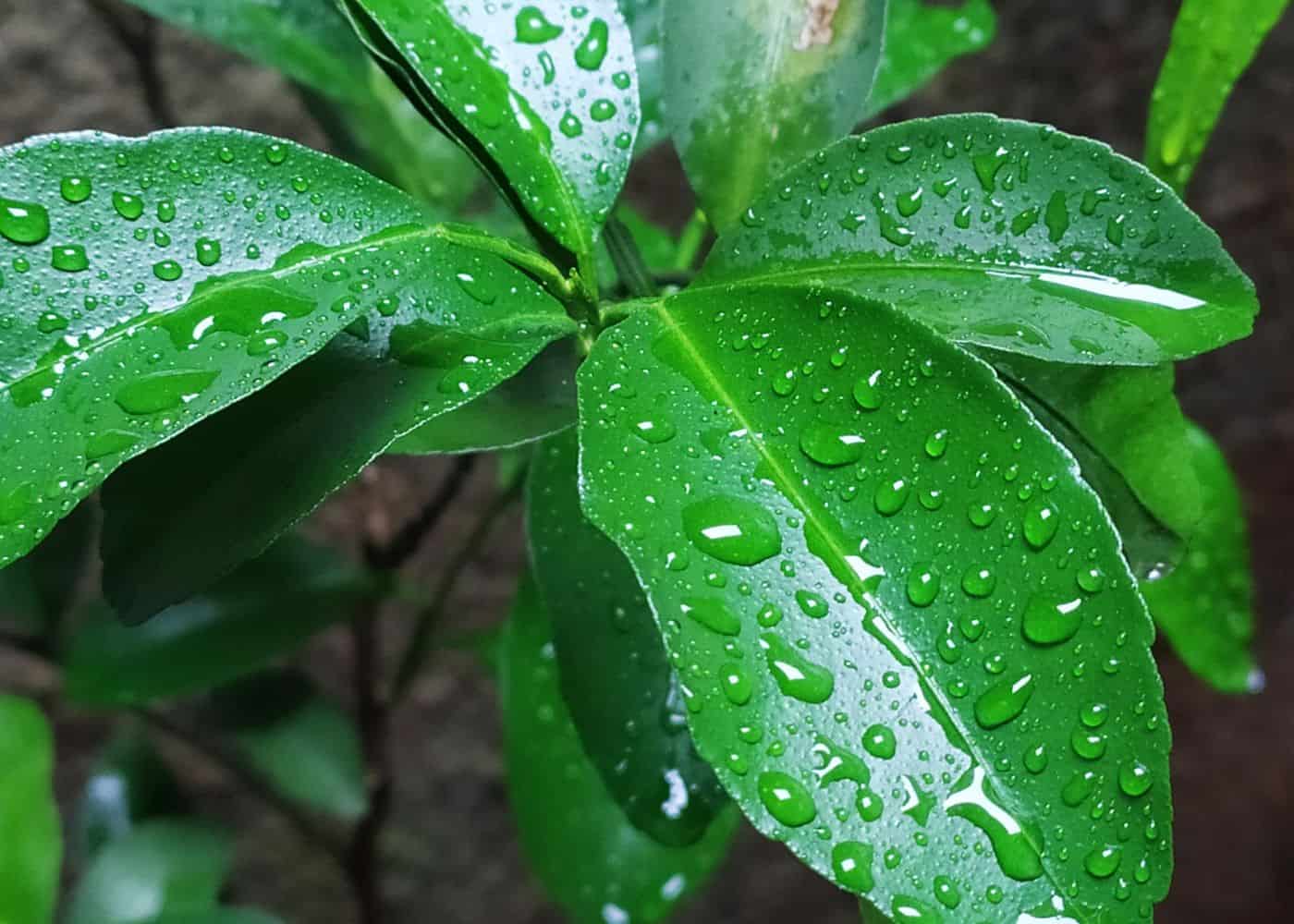
When to prune citrus trees?
Some fruit trees in mild climates, and other non-fruiting trees, receive their annual prune in fall before the cold sets in. However, that is not the case for citrus trees.
Coming from warmer climates and incredibly sensitive to the cold, citrus trees are best pruned in early spring once the weather has warmed, but before blooms appear. The exact time will differ depending on the climate you live in.
Citrus trees are typically pruned in late winter or early spring, typically between February and April. Wait until the coldest weather of winter has passed before pruning your citrus tree. This is especially important in desert climates where early spring nighttime temperatures can be quite cold.
Late winter and spring pruning can be particularly helpful in harsh, sunny climates. Pruning can let direct sunlight into the canopy where it will shine on the bark, potentially causing sunscald because that bark is accustomed to being shaded. You can reduce the likelihood of sunscald by painting newly-exposed limbs and trunk areas with diluted interior latex paint.
Due to sunscald and other conditions that can arise in the summertime, it’s best to avoid pruning citrus trees in summer. In the Northern Hemisphere, this means avoiding significant trimming between May and September wherever possible. As in spring, whitewash paint can be used to deflect light. All that said, remove damaged/dead/diseased branches as soon as they are observed.
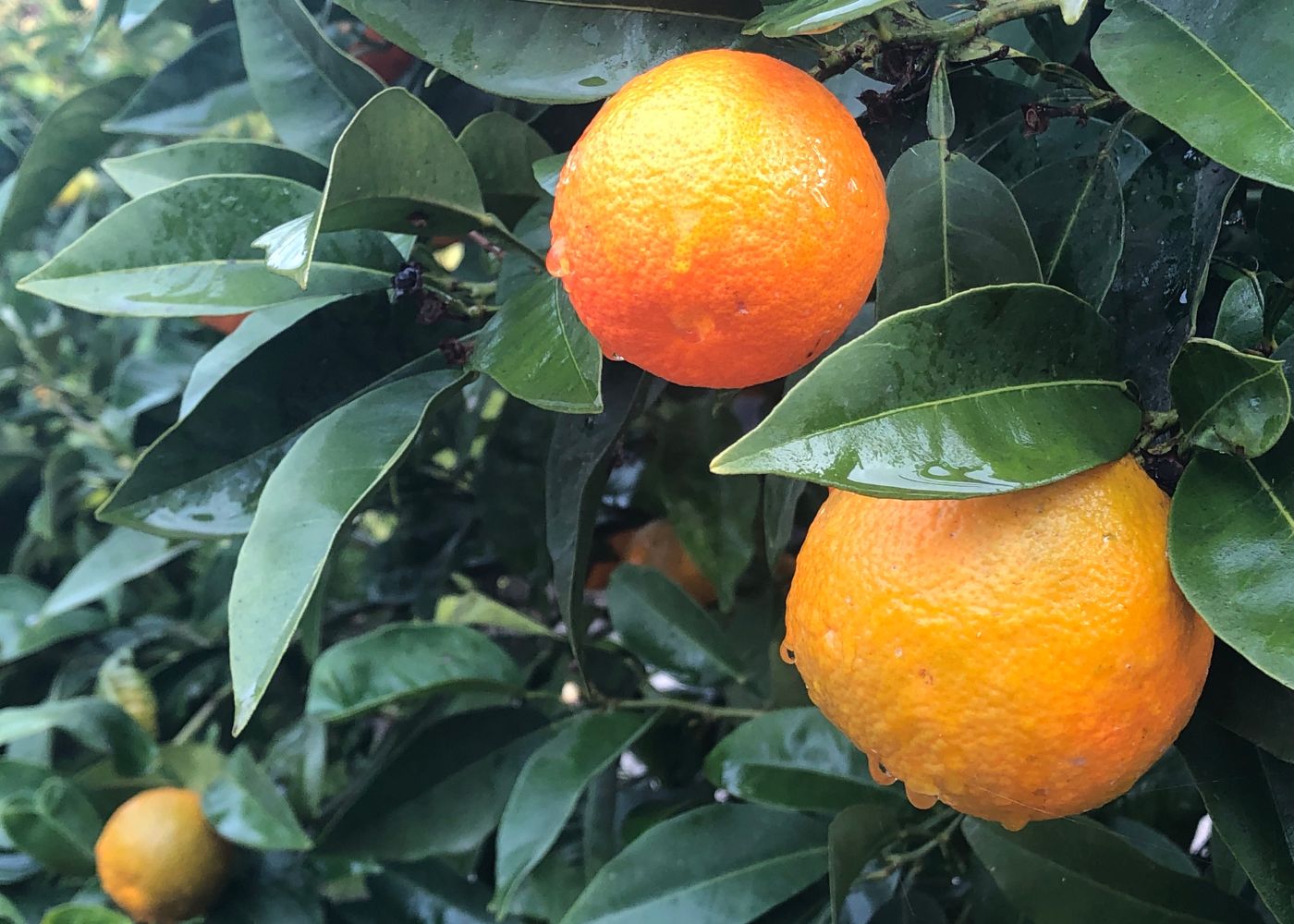
Pruning in different climates
You can expect to prune most citrus trees from February to early April in the Northern Hemisphere. It’s important to wait until all chances of frost have passed, as this cold can damage the exposed cuts before they have a chance to heal, causing permanent damage.
In warmer climates, consider pruning around late winter or early spring after the last frost date in your region. This increase in temperatures encourages new growth in the tree, ensuring quick recovery from the pruning process.
In colder climates, you will likely need to wait until mid-spring before pruning. Don’t wait too long though, as pruning late often means cutting off buds and lowering your yield.
Some citrus trees, such as limes, can also be pruned in late summer after all fruit has been harvested but well before temperatures drop. However, for most citrus, early spring is best.
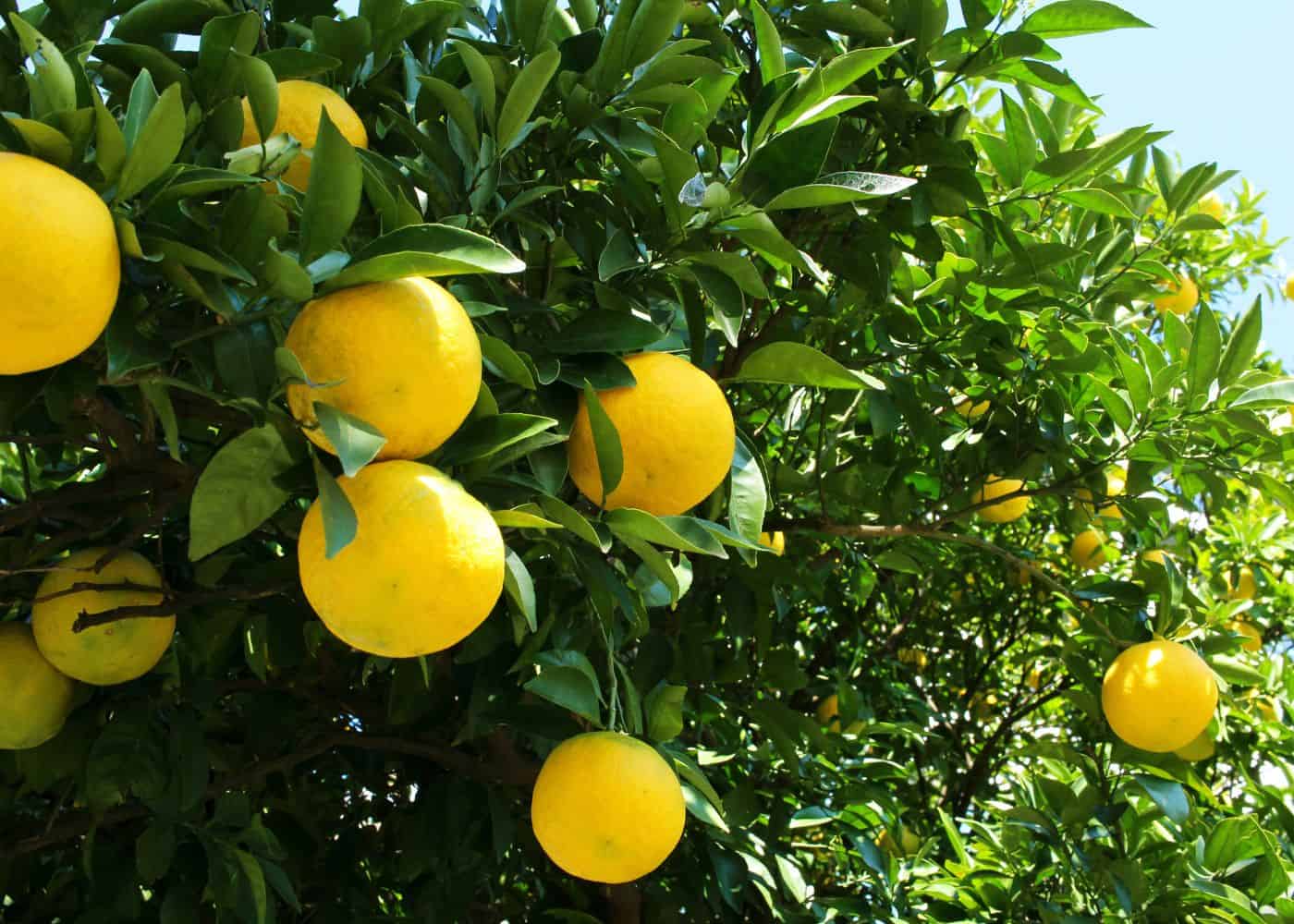
Common citrus pruning mistakes to avoid
Although many see pruning as a technical and tedious task, it doesn’t have to be tough. Avoid these common mistakes and you should have no problems with your annual prune.
Pruning too late
Avoiding frost and cold temperatures is important in pruning. But, on the other hand, you also can’t wait too long.
In late spring and summer, your citrus trees will focus on flowering and fruiting. Pruning at this time takes away from this process, causing the tree to turn its attention to healing rather than fruit development. Newly-exposed bark will also be subject to sunscald.
Citrus trees can be pruned either before they bloom or right after they bloom. Pruning before the bloom is most common with young fruit trees that aren’t yet bearing a full crop, as long-term tree health is typically more important than the upcoming harvest. Pruning established citrus before bloom will remove some of the tiny flower buds that would have otherwise become fruits, but typically not enough to affect the harvest.
Pruning too much
Citrus trees don’t need an excessive cutback each year. Only trim whatever branches absolutely need to be removed and leave as much material on the tree as possible for the strongest growth.
Using dirty tools
Any tools you use to prune should be cleaned and sharpened before use. Garden tools can carry diseases that spread to your trees and any other plants they are used on.
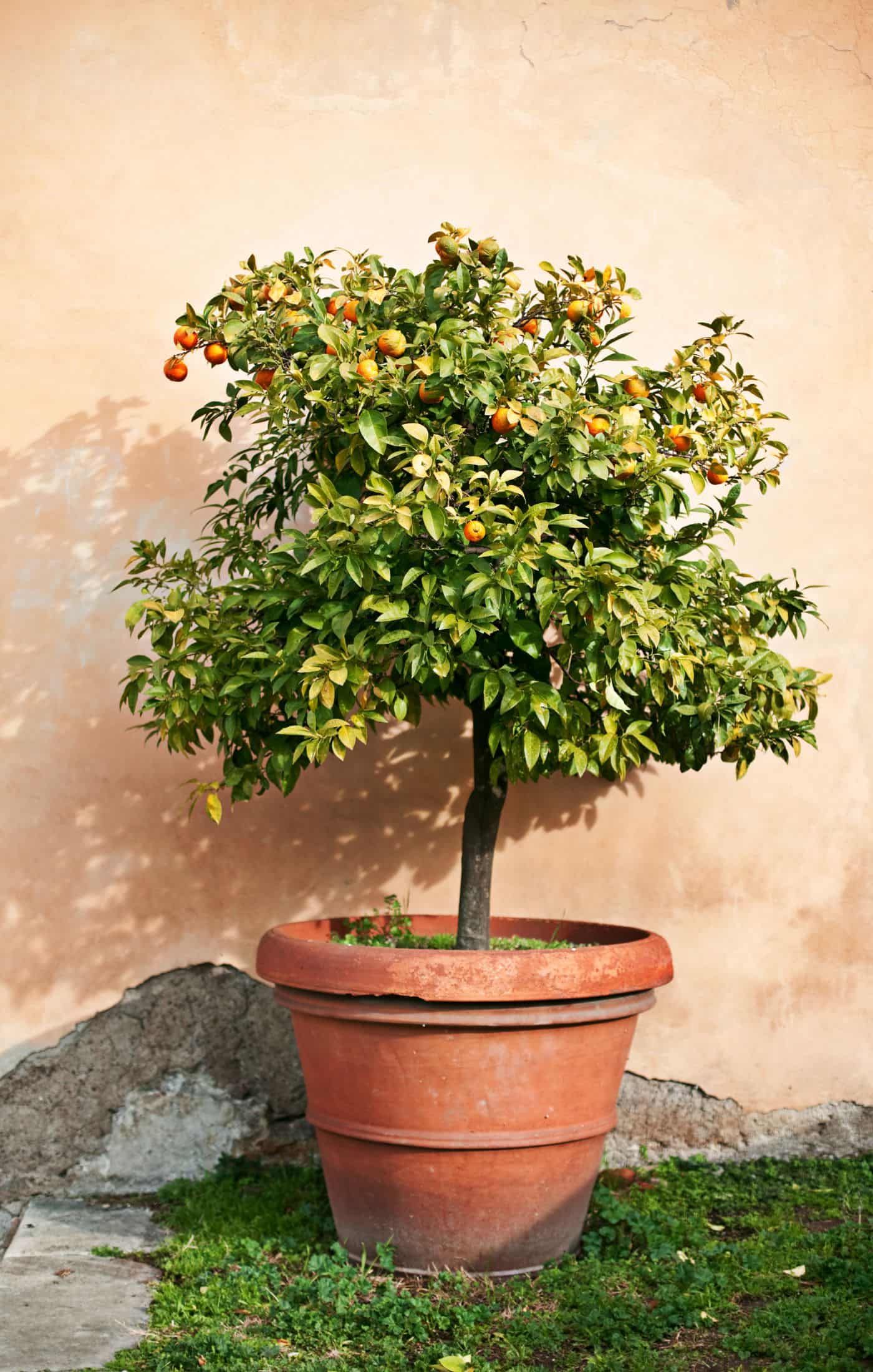
The benefits of pruning citrus trees
Since citrus trees grew for hundreds of years without any intervention from humans, you may be wondering whether pruning is completely necessary.
While they will still survive and produce fruit without an annual trim, pruning does come with several benefits that make it well worth the effort.
Shaping
Citrus trees can quickly become lopsided and unruly, especially during their peak growing season. If you love the wild and natural look, this isn’t an issue. However, if you are a gardener that likes to keep your space neat and tidy, trimming is essential.
This shaping not only makes the tree look better overall but also improves growth. Removing unproductive and overlapping branches creates space for better blooms and fruits and stops any energy from being spent where it is not needed.
Encouraging new growth
The right pruning technique is a major asset in encouraging new growth.
When branches are cut in the right place and at the right time, the wounds trigger chemicals in the plant that tell it to produce new growth. This is especially useful in younger trees to encourage branching early on, giving you more fruits in the long run.
Preventing disease
Citrus trees can fall victim to a number of diseases that impact growth and fruit production. Avoiding these issues is not guaranteed, but there are steps you can take to limit your risk. One of those is pruning.
The main benefit of pruning in disease prevention is improving airflow. Dense areas of growth provide the ideal home for pests and diseases to settle, but pruning these areas and thinning them out takes away that potential home, decreasing risk.
Pruning is also a tool for limiting the spread of disease. If any issue is caught early, selective pruning will prevent the disease from spreading, making treatment and later prevention much easier to handle.
Removing damage
Exposed to the elements, your citrus trees are likely to face some kind of damage in their lifetime. These branches typically become unproductive and draw energy away from the plant while it attempts to heal.
By pruning damaged branches, you can redirect that energy into the healthier branches of the plant, improving overall growth and ultimately, yield.
Increasing sunlight penetration
A full day of sunlight is a vital component of citrus tree growth. The bright fruits need plenty of light to develop and cannot handle shade.
If your citrus tree has very dense areas of leaf growth, these can shade other parts of the plant lower down, limiting access to light. There will be fewer blooms in these areas and therefore, fewer fruits.
Pruning will improve light penetration, reaching all parts of the tree and delivering it where it is needed.
“Pruning can improve fruit quality through increasing light in the canopy. In some cases, pruning out water sprouts (gourmands) may improve yields. Reducing tree height facilitates harvesting, reducing labor costs as well as risk of injury from ladders. Skirt pruning facilitates weeding, mulch laying, and other cultural practices, as well as reducing risk of soil borne pathogens affecting the fruit. Pruning may reduce insect and disease pest problems.”
Pruning Citrus, University of California Cooperative Extension
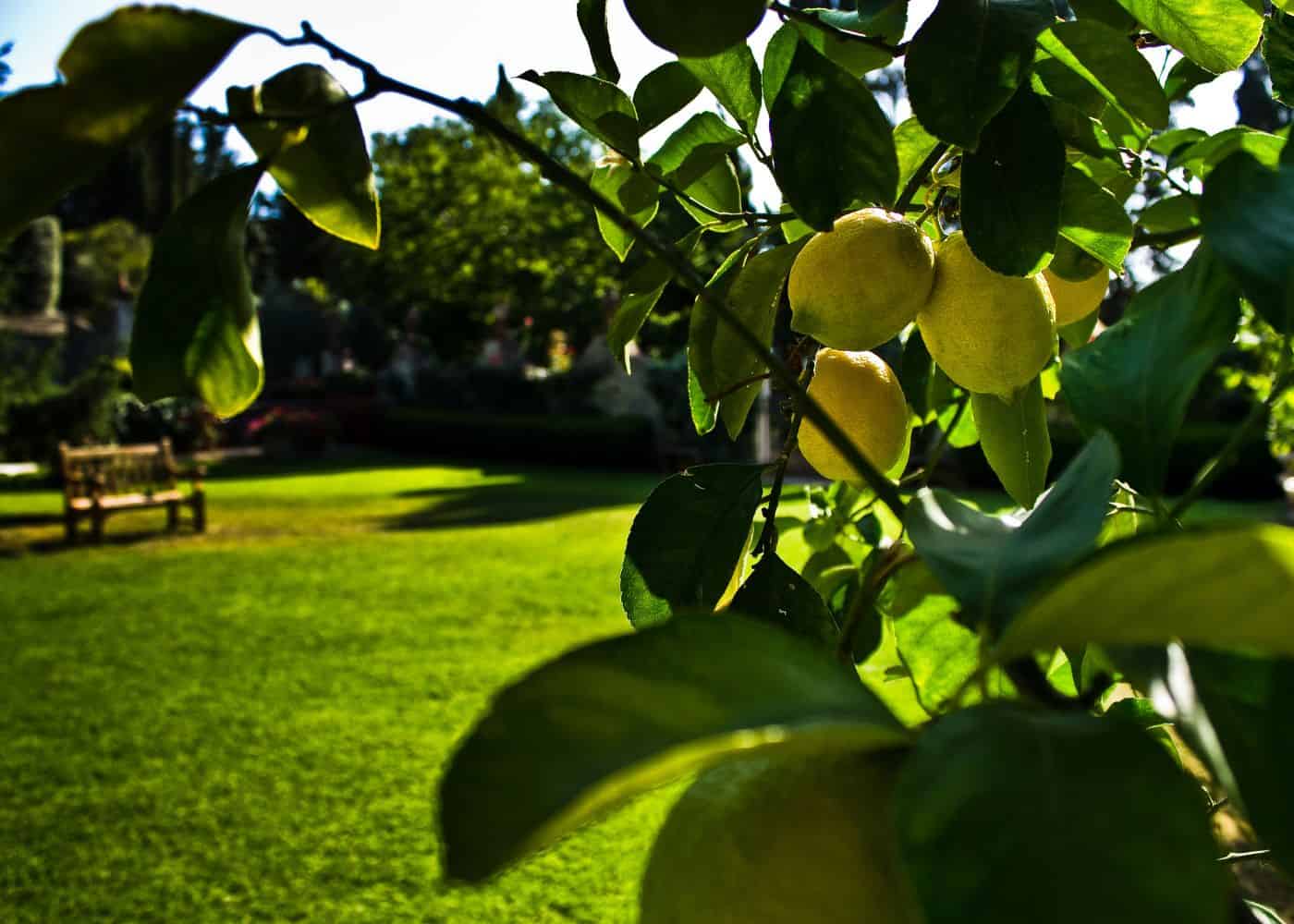
FAQs
How quickly do citrus trees grow?
The speed of growth of your citrus tree will depend on the type of citrus, the variety/cultivar, and its care. Dwarf citrus trees mature in as little as 6 years, while others take 10 years or more to reach their final height. Take note of their age at planting to determine when you can expect fruits.
References
- PennState Extension, Grow Your Own Lemons
- University of Minnesota, Growing Citrus Indoors
- University of Maryland, Growing Dwarf Citrus


